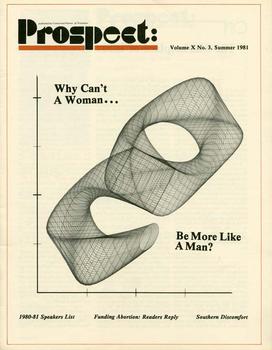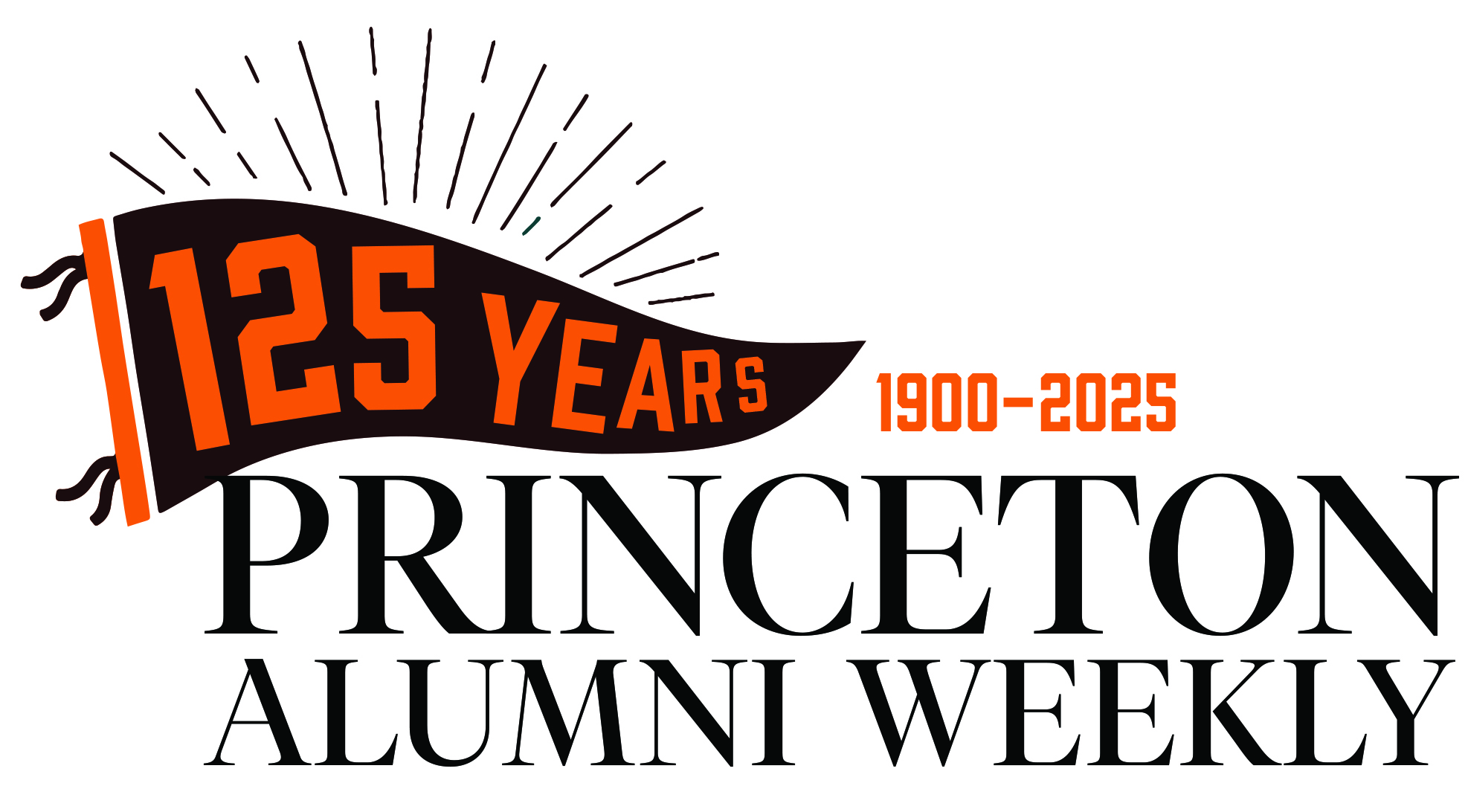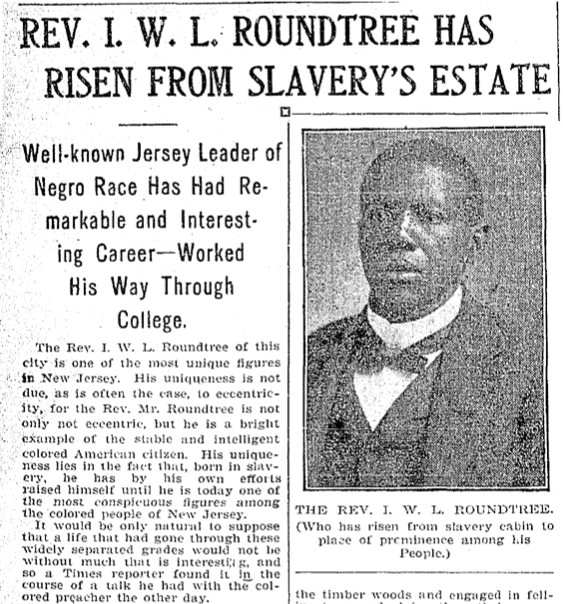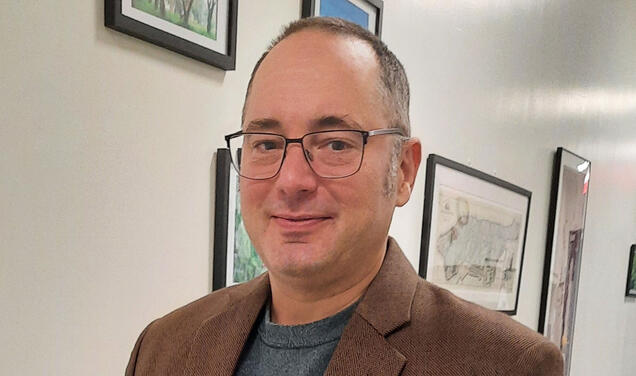“People nowadays just don’t seem to know their place. Everywhere one turns, blacks and Hispanics are demanding jobs simply because they’re black and Hispanic. The physically handicapped are trying to gain equal representation in professional sports. And homosexuals are demanding the government vouchsafe them the right to bear children.”
— In Defense of Elitism, Prospect Magazine, 1983
We in the History Corner are, I fear, often regarded as bookish, coldly analytical, detail-obsessed aesthetes who just pick nits in the meaningful discourse of real life. I’m here to say that’s grossly unfair. Not only is my analysis warm, it’s sometimes a bit testy (the other stuff, I guess we can discuss later).
A great deal of that heat stems from one basic facet of the late unlamented 20th century that bedevils us today: The Big Lie. As you know, The Big Lie first appeared by name in Mein Kampf and was helpfully refined by the ace practitioner Josef Goebbels during the media-savvy cataclysm that was the Nazi regime in Germany. Among others, Lenin and Stalin also practiced it; they just didn’t have quite the same adept PR staff. Although a little pliable conceptually, The Big Lie consists of knowingly misleading people so outlandishly they suspect it’s true because, if it weren’t, nobody would have the guts to make it up. In other words, creating Fake News so fake that a normal naïf will swallow it at least 51 percent of the time.
An example would be helpful. So just take climate-change denial, which has become a political football uniquely in the U.S., because detractors (for their own reasons) are applying the propaganda lessons of a previous Big Lie — from the tobacco companies — against mounds of empirical ecological science. And some folks, who just know they and their SUV could never do anything bad, are willing to vote based on that.
All of which may lead you to guess I’m heading in a particular direction here toward a particular target. That would be wrong. I’m looking, in this case, a little closer to home, and considering a couple of painful examples from Princeton’s past that show how even a seemingly inconsequential exaggeration or misinterpretation can evolve into a Big Lie of its own if carried to its logical extreme.

But for the real message here, let’s think for a moment and make a couple of fundamental inquiries. What traditional Princeton were they trying to revive, and more intriguingly, how did they find out about it?
One suspects from CAP’s propaganda that it was certainly a Princeton that Radcliffe Heermance *1909 and his creative admissions office would recognize from their 1922-50 tenure, which simply assumed that black students were not educable at the Princeton level and Jewish students were un-clubbable, apparently by virtue of being hopeless wonks and not team players. This bigoted approach doesn’t quite qualify as a Big Lie because, when asked, they denied it, but the material effect of the resulting quotas, of course, was the same. Oh yes, and Princeton legacies were sacrosanct. We can strongly infer this worldview was at the core of CAP’s daydreams.
But of course, the roots of the CAP viewpoint go back further (and were indeed cited by Heermance), to Woodrow Wilson 1879 and his creation of the modern Princeton, an intellectual extension of the great innovator from Scotland, James McCosh. That’s where our true story lies today, and that’s why today I’m not coldly analytical, but rather testy.
We’ve often cited here the Mudd Manuscript Library Blog, where some of the most fascinating documents from Princeton’s history arise for examination, thanks to the library’s multitalented staff. In this case, we note an impressive entry from a truly outstanding researcher/writer, April Armstrong *14. It examines the extremely slim — one might say suspiciously slim — archival data on the perhaps dozen or so black men who studied at Princeton beginning with McCosh’s classes in the 1870s, including some who earned master’s degrees as late as Wilson’s administration. And it all revolves around Wilson’s disingenuous contention in 1904 that “no negro has ever applied for admission, and it seems extremely unlikely the question will ever assume a practical form.” Given that McCosh had personally taught black students (some over from the Seminary) while Wilson was a student, and others had earned Princeton degrees while he was both a professor and president, it is hard to put any spin on this declaration beyond a knowing Big Lie. Meanwhile, University Secretary Charles McAlpin 1888 was trying to expunge the records of prior black students on the basis of being only grad students with short tenures here — which wasn’t true — but for some reason he had to clear that with trustee eminence Moses Taylor Pyne 1877. Pyne (among those who later forced Wilson out of Princeton) put a stop to that with the blunt note that “they are as much Princeton men as anyone else.” But for that, the highly fragmentary data we now have on Princeton’s early black students prior to Jim Crow might be completely nonexistent beyond random newspaper stories and old tales. Armstrong refers to this wholesale obfuscation, rather tactfully, as “erased pasts and altered legacies.” Well, if it wasn’t a Big Lie in 1904, it probably was by 1935 when Heermance cited it as a “tradition” to refuse black applicants, and decades later when CAP used them both as a tacit centerpiece of its campaign.
As part of the trustees’ review of the Wilson legacy, Walter Hood has been commissioned to create a sculpture for Scudder Plaza reflecting the complexity of Wilson’s impacts on Princeton. Two columns, black and white, will contain words from Wilson, presumably exemplifying both his majestic global aspirations and his feet of clay. His insipid, conscious lie belittling blacks from 1904 should certainly be among them. But we have to remember a Big Lie can be so pervasive that some well-meaning Princetonians will still assume it was true at the time.
As maddening as all this is, if we look at Princeton today we might still ask, well, since we have seemingly moved beyond this, why this concern over the Big Lie is still relevant. In trying to verbalize the answer, I ran across this comment of New Yorker editor David Remnick ’81 regarding another institution, which adroitly addresses that honest question. I don’t think I can improve upon it:
“What we’ve learned from the scandals that have beset Silicon Valley of late is what we learned from the scandals that beset the Catholic Church: a self-protective assumption of righteousness can make it harder to acknowledge and confront patterns of abuse. With great power comes great responsibility.”
That seems to me to be The Big Truth.












2 Responses
George L. Bustin ’70
7 Years AgoBest of a Very Good Series
I have benefited so regularly from the wisdom and graceful writing in Gregg Lange's columns that I find it difficult to say which among them seems the best. This one ("New Lies, Old Lies") is certainly my favorite for today, and it is wonderfully appropriate that it coincides with the 15th anniversary this week of the Princeton Prize in Race Relations, founded by Henry von Kohorn '66, who took his commitment to racial equality beyond rhetoric and carried the Princeton name along with him. Many thanks, Dr. Lange. Many thanks, Henry von Kohorn.
Isiah C. (Mickey) White ’76
7 Years AgoA Thoughtful, Insightful, and (Painfully) Timely Discourse
As a member of the Class of 1974 (I took a leave of absence and graduated with the Class of '76), I remember well the hoopla that arose from the fact that our incoming class had the highest number of Black and Latino students admitted into the freshman class, as well as being the first class to admit women as part of the incoming class. I remember reading about the misguided efforts of some alumni to "make Princeton great again," but what I remember more are the efforts of various faculty and administration members to ensure that we were successful, both academically and socially. Those of us who were there know the names well and remember them fondly. But I have no doubt that on the other side of the circle, there were those that were less enlightened and forward-thinking that wanted to see this "experiment" fail.
The integration of the internet and the associated electronic social media into our daily lives is undeniably a double-edged sword. Along with all the wondrous possibilities, the advent of so-called "fake news" is troublesome and threatens to tear at the fabric of society on a global scale. While there were once "guardians at the gates" (or, at least, we believed there were -- think Walter Cronkite) to prevent widespread dissemination of patently false and otherwise misleading propaganda (aka lies), the lid is off Pandora's box and every vile, ridiculous, vicious, outlandish utterance presently has a global platform.
By reviewing some of Princeton's history, this insightful article sheds some much-needed light on how views held by a few can morph into accepted fact by many, and the need for proper analysis of so-called facts independent of whether or not they support one's thinking (which, admittedly, can be difficult to do). I am left with the words of George Clinton of Parliament-Funkadelic fame ringing in my ears ..."Think! It ain't illegal (yet)!"